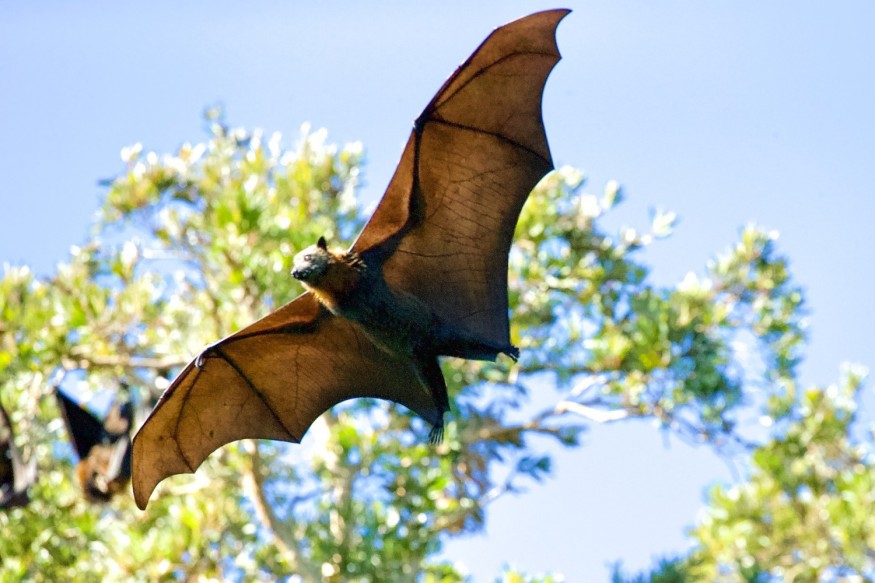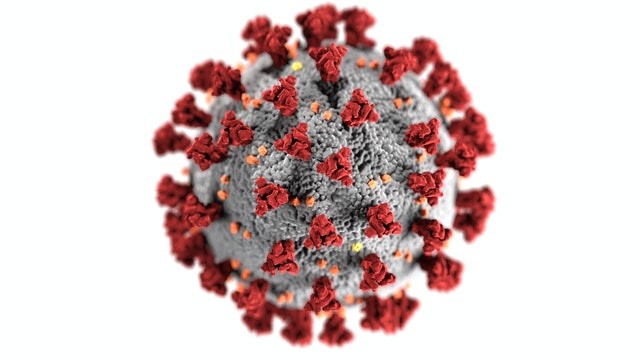SARS-CoV-2, which has now developed into various varieties, including delta and omicron, is thought to have been initially transmitted to humans by bats in December 2019.
A recent study shows the virus is still quite contagious among animals. Computer simulations created by researchers at the Rochester Institute of Technology (RIT) demonstrate how coronaviruses connect to host cells in bats and people similarly using their spike proteins.

Intensive Study
Recent RIT graduates Madhusudan Rajendran '22 MS (bioinformatics) and Associate Professor Gregory Babbitt from the Thomas H. Gosnell School of Life Sciences presented their findings in a Royal Society Open Science research. They investigated the interactions between the viral spike proteins in many SARS-CoV-2 variants, and the host cell receptors are known as ACE2 in both people and other Rhinolophus bat species. Babbitt said that the outcomes were unexpected.
Babbitt said, "We observed that there wasn't a lot of change. We expected spectacular adaptive evolution as the virus grew more adapted to people and less used to bats.
Looking at the Evidence

Suppose you look at the phylogenetic relationships of bats to humans. In that case, we're pretty far apart on the mammalian tree, so it suggests that there would be widespread cross-species infectivity, and the literature has shown there's been a lot of evidence of that.
Because this binding site has not evolved much, there's not much stopping it from transmitting from humans to bats.
Proteins were placed in a solvated simulation by the scientists, who then observed how they moved using a computer simulation technique called molecular dynamics.
The method shows what each atom performs over time using high performance computation on graphics computers. According to Babbitt, this strategy enables researchers to examine issues that are difficult to address in a conventional laboratory.
According to Babbitt, the computer-based simulations provided a far safer option since conducting tests where we reinfected bats with human virus strains would have been risky.
Zoonotic Diseases
Animals occasionally contain dangerous pathogens that may infect humans and cause sickness; these conditions are called zoonotic illnesses or zoonoses. Zoonotic diseases are brought on by pathogenic microorganisms such as bacteria, fungi, parasites, and viruses.
These microorganisms can cause a wide range of illnesses in humans and animals, from minor illnesses to severe diseases and even death. Depending on the zoonotic disease, animals can occasionally seem healthy even though they carry pathogens that can make people sick.
Zoonotic diseases are quite prevalent in the United States and worldwide. According to scientific estimates, 3 out of every 4 new or emerging infectious illnesses in humans and more than 6 out of every 10 recognized infectious diseases in humans can be transmitted from animals.
As a result, the CDC works round-the-clock to safeguard people in the United States and other countries against zoonotic illnesses.
Related Article : Scientists Double Effort to Find Possible Next Pandemic, Caused by Other Zoonotic Diseases
For more health and medicine related news, don't forget to follow Nature World News!
© 2025 NatureWorldNews.com All rights reserved. Do not reproduce without permission.





